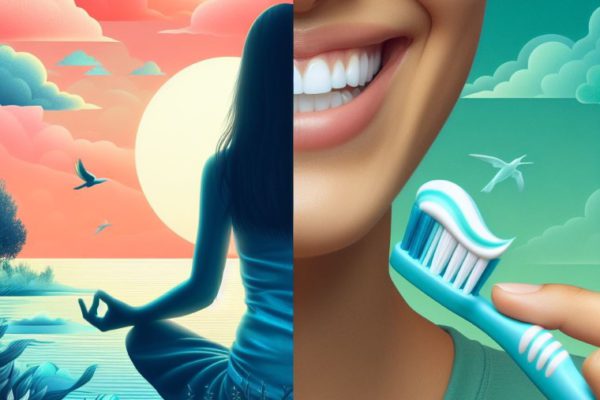The link between oral health and mental well-being
The link between mental well-being and oral health is a topic often overlooked, but one, however, far more significant than most realise. Of course, research shows that poor oral health can contribute to feelings of low self-esteem, social anxiety, and even depression. Conversely, individuals struggling with mental health issues may neglect their oral health, leading to a deteriorating oral condition. But the link goes even further… Note: If you’re actively struggling with mental health, don’t wait – reach out to…

